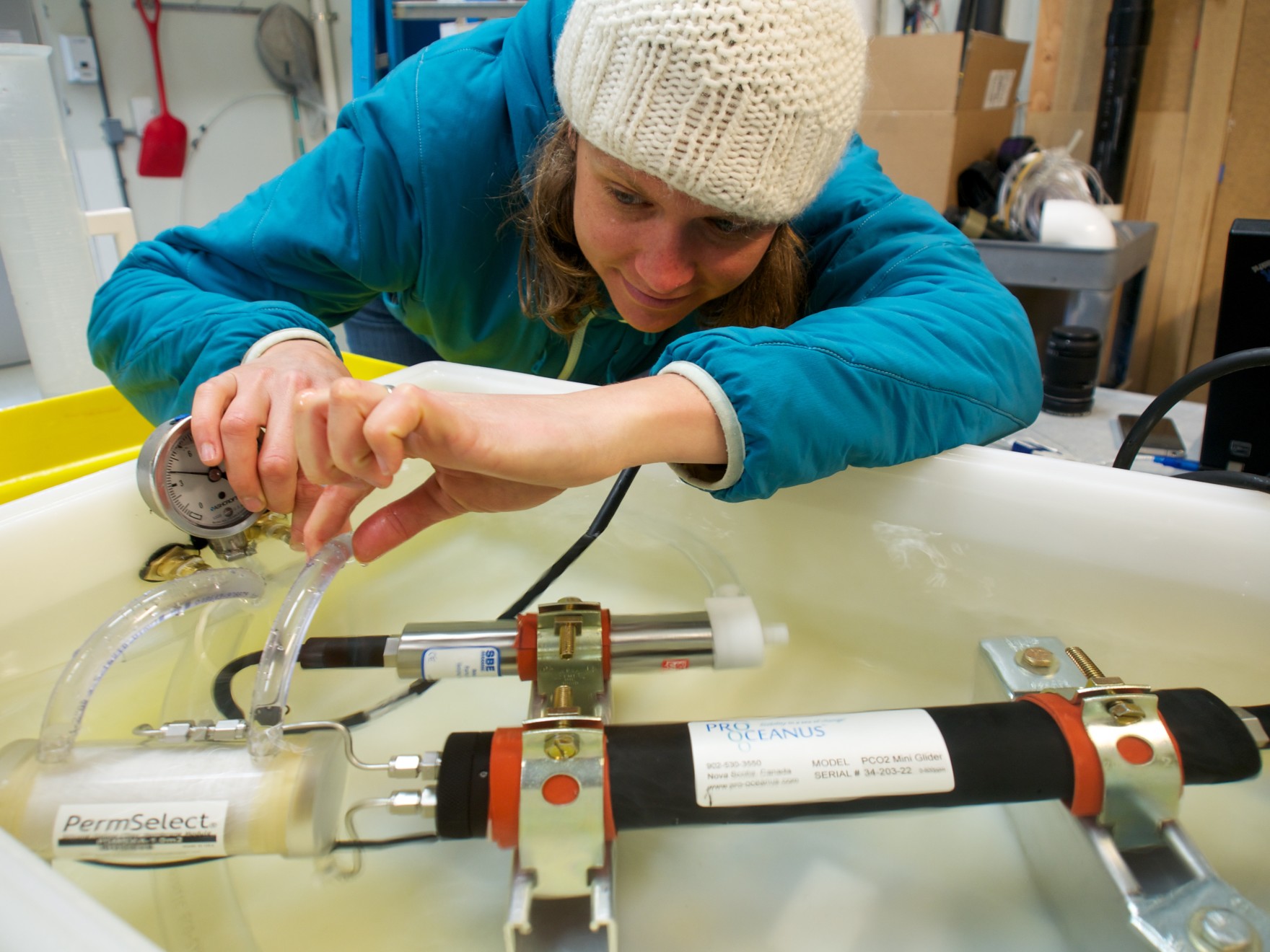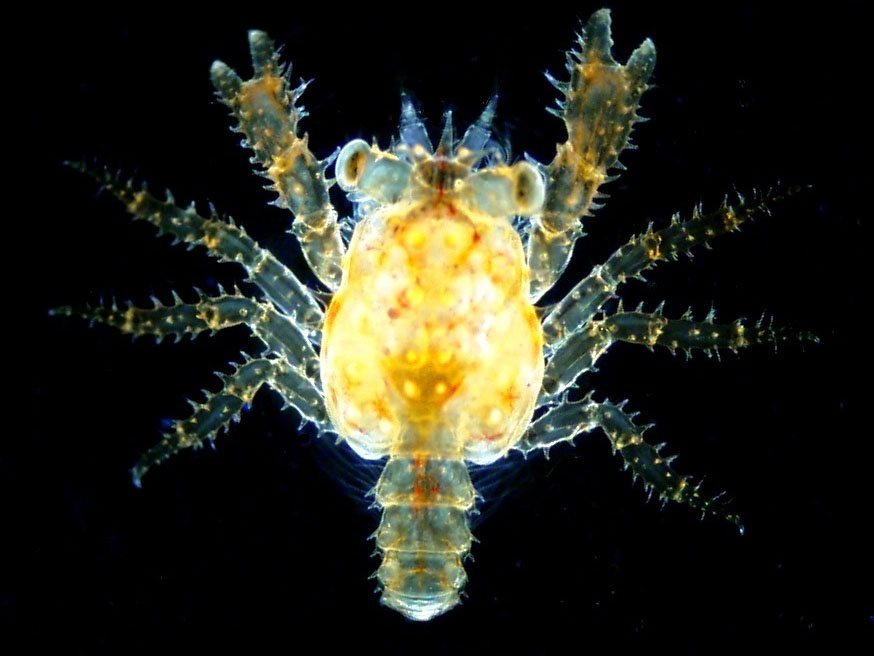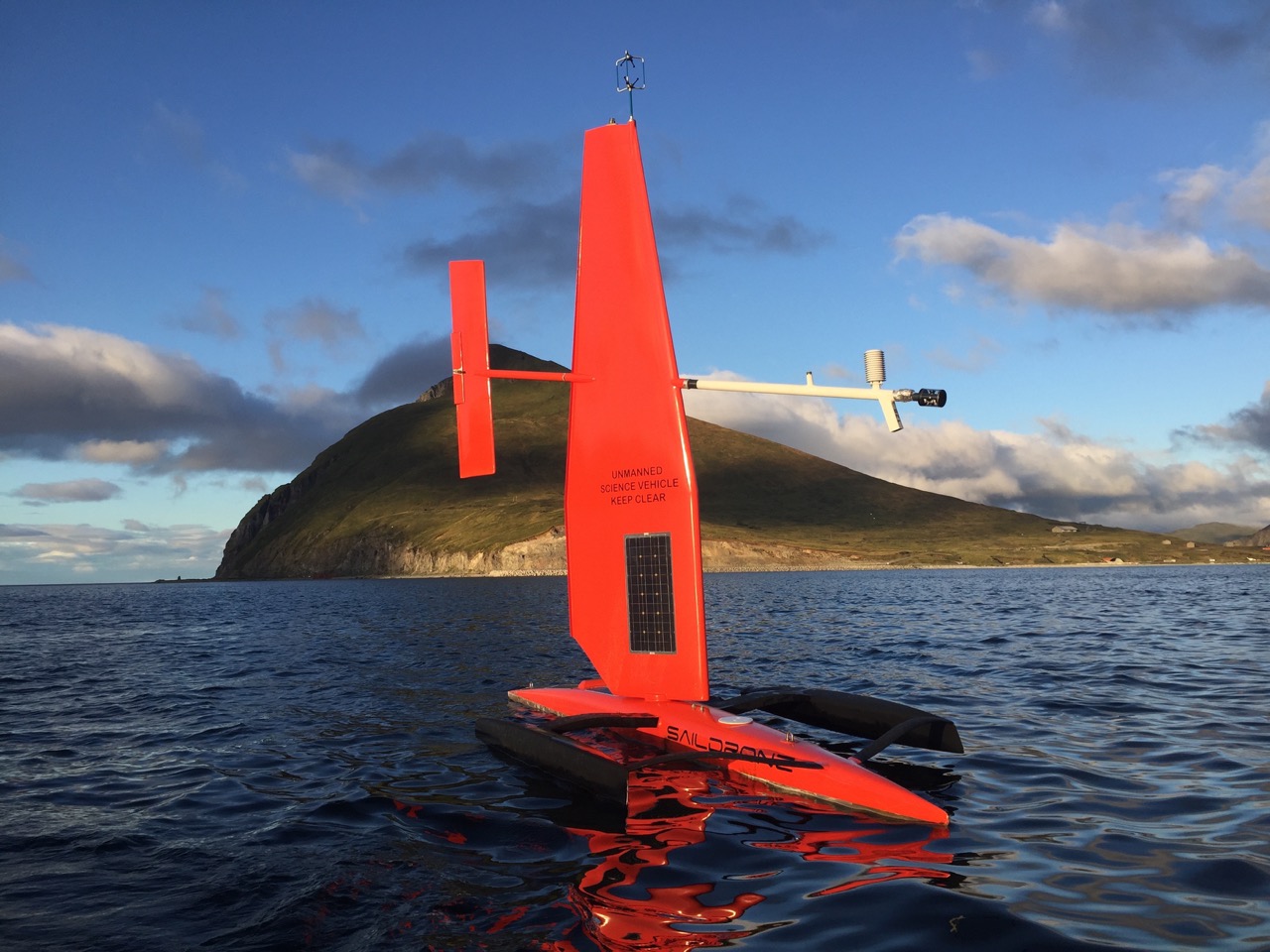Alaska Ocean Acidification Network
The Alaska Ocean Acidification Network engages with scientists and stakeholders to expand the understanding of ocean acidification processes and consequences, as well as potential adaptation strategies.
RECENT NEWS
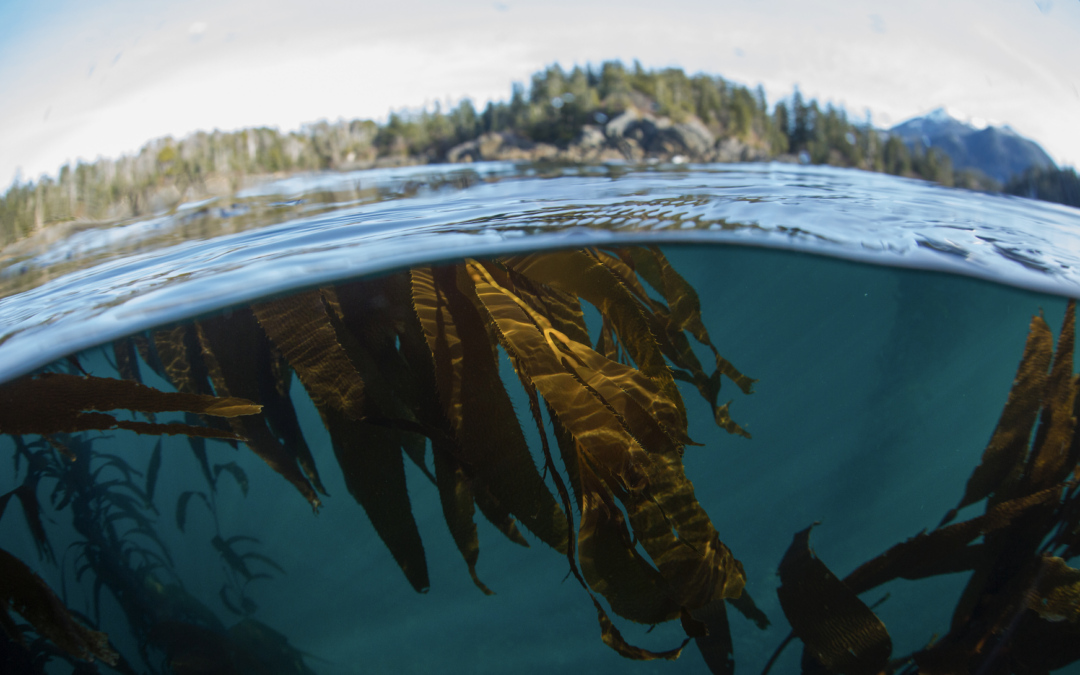
Q&A: how does kelp influence OA and climate change?
There is growing interest around cultivating or preserving kelp beds to mitigate climate change and provide benefits to species such as shellfish who are susceptible to ocean acidification. This page provides answers to questions we’ve heard from Alaskans, as well as a summary of research underway and articles and resources for learning more.
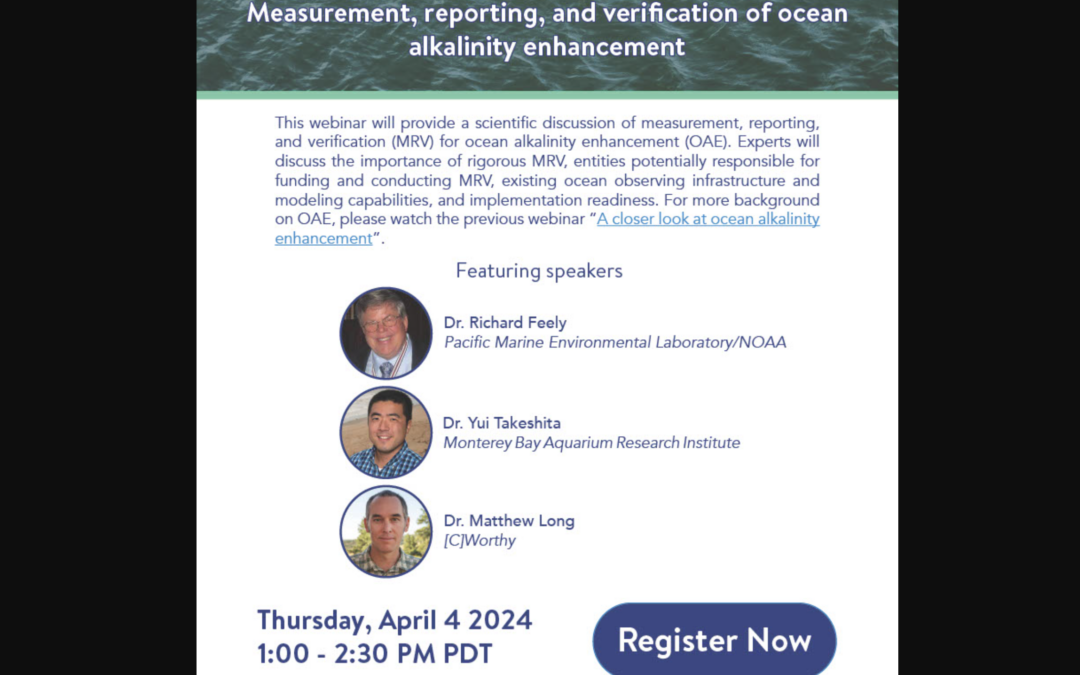
April 4 webinar: Carbon Dioxide Removal
Join the Alaska OA Network and West coast partners for a webinar on “Assessing effectiveness of marine carbon removal: Measurement, reporting, and verification of ocean alkalinity enhancement”. REGISTER HERE: https://bit.ly/3wYi07d
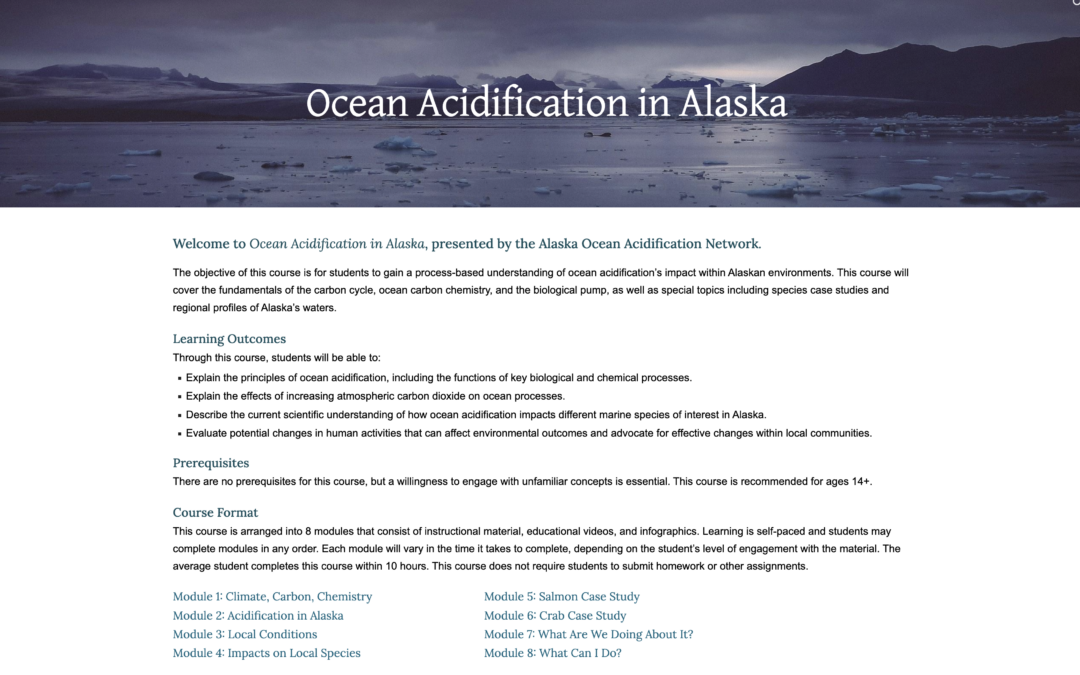
New “OA in Alaska” online course
The Alaska OA Network is launching a free online course that provides a process-based understanding of ocean acidification’s impacts in Alaska waters. The course comprises 8-modules that are filled with short videos, vibrant photos, and easy-to-digest language.
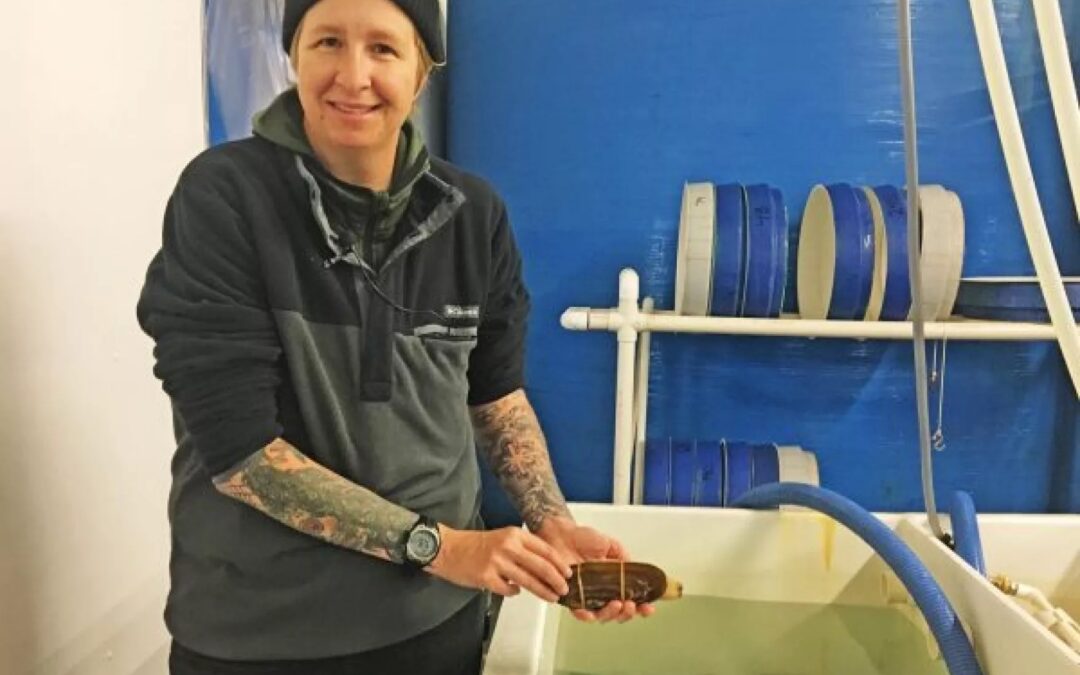
KBBI: New study shows ocean acidification affects razor clam development
Homer public radio highlights a study from the University of Alaska Fairbanks showing that ocean acidification affects how razor clams forms their shells.

